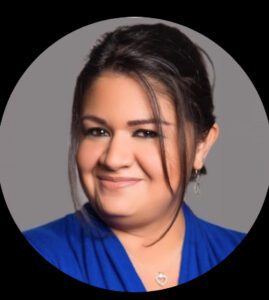
It’s an age-old question: How can we bridge the gap between people who want to work and employers that want to recruit them?
As employers struggle with a shortage of skilled labor in industries like hospitality and transportation, a considerable number of workers are still trying to find their footing in the wake of the pandemic. The situation is improving, but at a snail’s pace. Over the past few months, overall unemployment has hovered around 5%.
Of course, this isn’t a new problem. Changes in technology and new job models have continually reconfigured the way we do business, creating a gap between the skills workers have and the skills companies need. To stay on top of the market, job seekers need opportunities to gain training and experience.
While terms like “workforce development” may sound daunting, they’re not so complex to put into practice. Learning how to use a new tool in Excel, practicing public speaking, and completing a new professional certification are all examples of how employees can strengthen their skills and their resumes on a daily basis.
Take the example of Marcel, a truck driver at Goodwill Industries of Central Florida. After joining the transportation team in 2019, he realized that obtaining his Commercial Driver’s License (CDL) would give him more career options and improve his earning potential by increasing the types of vehicles he was qualified to drive.
But obtaining that certification posed a considerable challenge. On his days off, Marcel woke up at 5 a.m. and drove to a training location about an hour away, where he waited in line for hours with other hopefuls vying for any time they could get behind the wheel of a truck. When his colleagues found out, they offered support by taking time after their routes to help Marcel get real-life practice in the parking lot. When it came time for him to take his licensing exam, he succeeded on his first try.
That’s not just a success story for Marcel: It’s an example of how workplace learning is critical to addressing labor shortages in skilled industries, including trucking.
Prior to the pandemic, the American Trucking Association reported that the U.S. was short 60,000 drivers. The pandemic only exacerbated the shortage by increasing demand for land transportation, causing a wave of early retirements, and making it harder for new drivers to access training and licensing. To overcome that gap, it’s essential to provide more opportunities to workers like Marcel.
Businesses and workers can both benefit from investing in professional development. According to a Gallup analysis, companies with a high level of engagement – including more opportunities to learn – tend to have 21% higher productivity, 22% higher profitability and 25% lower turnover, even in high-attrition fields.
It’s tempting to set aside training when times are tight – either due to a busy schedule, a low budget or poor access to materials. But the reality is that investing in training is a cost-effective way to improve a company’s capabilities and resources, while creating a more committed workforce.
At Goodwill, our mission is building lives that work through active skill development in the workforce – not only for our own employees, but for anyone seeking work. Through our virtual Job Connection services, our training and career counseling programs, and our partnerships with local companies, we can create a pipeline of skilled workers that have the experience and training they need to succeed.
To connect directly with Goodwill and get started on a new employment journey today, visit www.GoodwillCFL.org, email [email protected] or call (407) 235-1541.
Lisseth Russa is director of workforce development for Goodwill Industries of Central Florida.


